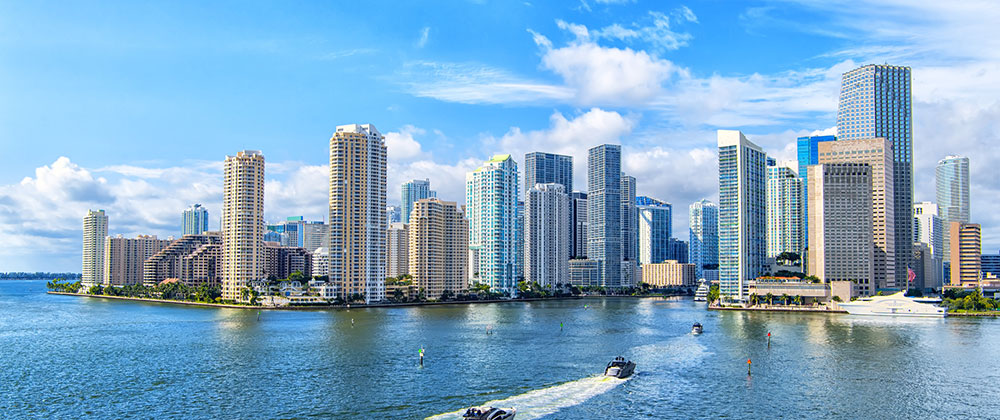The first wave of immigration into the United States occurred as far back as the 1880s to the 1920s. This wave of immigrants was by fueled turmoil, poverty and war in Europe and aided by the creation of Ellis Island in New York’s Liberty Harbor.
The second wave, which began in the 1970s are mostly middle class and immigrated to the United States for different reasons. For the most part, these early immigrants were well educated and therefore learned English and assimilated to American culture rapidly.
National data gathered by a USA Today Census, points to a rapid increase in the diversity of immigrants. People from cultures and countries that once before were not represented in the United States, now occupy a major key in the grid of our national immigration chart. This change in diversity has led to new problems and conflicts within the communities where these immigrants have chosen to reside. Language barriers and cultural clashes have let to conflicts within these immigrant communities.
With the recent scare surrounding Ebola being brought into the United States, healthcare workers in Dallas this month had to translate literature about the disease into eight languages before distributing to the other tenants at the apartment complex where the first U.S. patient with Ebola resided.
The change in the immigrant population has been evident in the younger population, including schools. According to the Department of Education, non-Hispanic white students are the minority at present in U.S. public schools.
Not far from Newark, New Jersey, in the county of Essex, an increase in diversity spiked after the area was connected with New York City, by a commuter train line in 1996. Families from Manhattan, Brooklyn, Queens, Jersey City and Hoboken began settling in the suburban area. As city residents became older and the cost of living in the city increased, these changes also fed the shift towards the migration toward the suburbs. Immigrants began to dream of the American single-family home in the suburbs.
Not all white Americans embraced the migration. In some neighborhoods in New Jersey, home owners formed coalitions to block the building of multi-family dwellings and affordable housing. That debate continues today.
The second wave of immigrants are able to move to remote and previously uninhabitable areas, due to the increase in mass transportation available in more locations. Even though the second wave may increase tensions due to cultural clashes, religious battles and battles over housing, it also increases the supply of workers for future generations.
Many of the second wave immigrants are conservative and have religious beliefs that encourage higher education. In this way, the climate of the immigrant communities are improving over the first wave of immigrants that did not have the same opportunities afforded the immigrants of today.
Overall, the immigrants that come to our shores in this day and age are adding to the country’s diversity, rather than taking away from it, which can be a common misconception. Whether people embrace this diversity or not, the second wave of immigration is here and is not likely to subside anytime soon.



